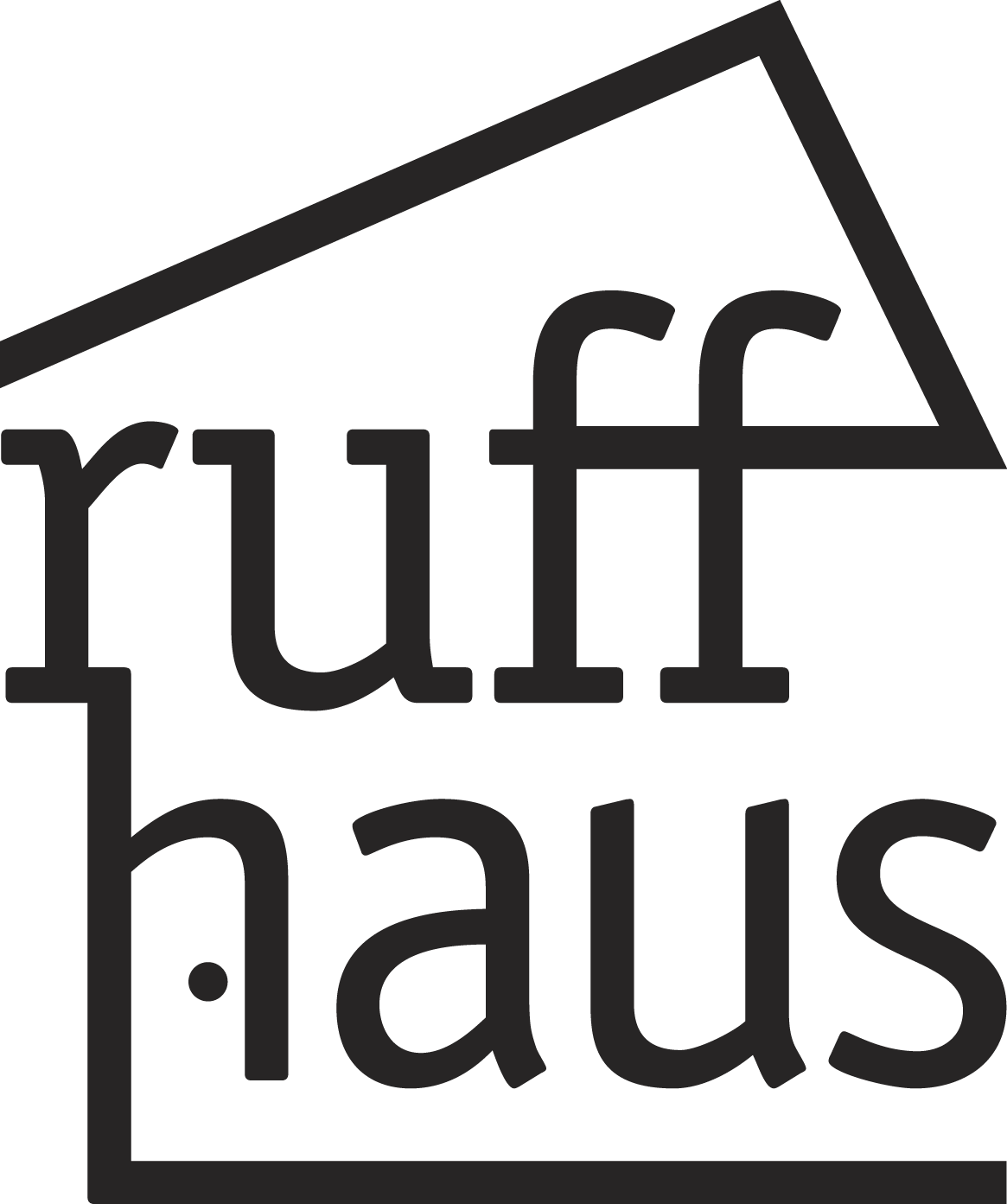What's a Press Release and How To Write a Good One
A press release is, by definition, an official announcement or newsworthy account issued to the media, though the art of the effective press release is not so clearly defined. The truthful and attention-grabbing information you present is meant to persuade members of the press to develop a news story within their own publications think of a press release as a news story preview. These written statements are a great way to generate a buzz and attract favorable media attention on a person, place, product or event.
Press Release Basics:
The press release is a news release, not an advertisement and not an opportunity to toot your own horn. You want to avoid broad topics by honing in on a specific theme look for some type of pattern or recurring idea presented in recently published stories, quotes and newspaper articles similar to your story and angle. Read other news releases as often as possible and become familiar with what a good news story looks like. Also, seek out press release samples online to get a better idea of how a successful press release is formatted and how it reads. Then, compare the good examples to the plethora of bad press release examples out there. Yup, that's right, you're going to have to do some reading.
Here's a run down of the basics:
- A standard press release is roughly 500 words long
- The topic must be newsworthy (local events, new products/services, company awards, controversy, popular culture and other timely stories)
- The headline should read like an announcement
- The first paragraph must sum up the news story as a whole (answer who, what, when, where, why and how)
- Additional information is placed from top to bottom in order of importance
- Include a quote somewhere in the middle of the press release, preferably from a CEO or other person of relevant importance
- The final paragraph is the boilerplate (a one paragraph company bio)
- Send out the press release alone, or with a full press kit or pitch letter
The Essentials:
Even though there is some leeway in the format, your press release will only be considered worthy if you stick closely to the preferred format and style.
- Include FOR IMMEDIATE RELEASE or FOR RELEASE ON [date] at the top
- The headline is written in bold title case
- The sub-headline briefly summarizes the main idea
- The first paragraph begins with the date and city of origin
- Contact information should include the contact person (if applicable), company name, telephone and fax numbers, email address and website address
- To indicate the end, place ### at the very bottom center of the press release
Example
FOR IMMEDIATE RELEASE: July 11, 2012
Headline
Sub-headline
City and Date First paragraph. First paragraph. First paragraph. First paragraph. First paragraph. First paragraph. First paragraph. First paragraph. First paragraph. First paragraph. First paragraph. First paragraph. First paragraph. First paragraph. First paragraph. First paragraph. First paragraph.
Second paragraph. Second paragraph. Second paragraph. Second paragraph. Second paragraph. Second paragraph. Second paragraph. Second paragraph. Second paragraph. Second paragraph.
John Doe...Third paragraph. Third paragraph. Third paragraph. Third paragraph. Third paragraph. Third paragraph. Third paragraph. Third paragraph. Third paragraph. Third paragraph. Third paragraph. Third paragraph. Third paragraph. Third paragraph. Third paragraph. Third paragraph. Third paragraph.
Boilerplate. Boilerplate. Boilerplate.
Contact Information:
Company Name
Contact Person
Contact Person's Title
Address
Telephone
Website
###
Do's and Don'ts:
- Write in the third person
- Use active voice (present or future tense)
- Use the facts only (do not embellish or include fluffy, cliche© language)
- Remain concise and don't lose focus on the point of the story
- Do not incorporate technical jargon
- Do not include HTML
Two of the most important aspects of generating an effective press release” aside from the format and the content itself” are deciding when to send it out and who to send it to. There is no set timeframe, but don't wait until the last minute. Give yourself ample time to write and distribute your press release to the appropriate reporters. Spread the word about a local event at least 3 days prior, and give yourself even more time (weeks or months) for bigger stories, or to really build up the buzz. Many PR professionals believe sending out press releases on a Friday is a surefire way to go unnoticed, because your release will be lost in a stack over the weekend. They instead suggest your best chances lie sometime in the morning, near the beginning of the week. However, it's a good idea to ask around for specific deadlines.
- Address the release to specific targets when sending regular mail
- Distribute to discussion boards and press release posting websites (MarketWire.com, PR.com and PRlog.org to name a few)
- Avoid mass emails
The media has the power to make or break this thing, and timing is everything.
And if all else fails, feel no shame in hiring a professional to draft the press release for you. Composing a non-biased, non-promotional and completely original press release on your own company or event can be tricky and time consuming especially if it's your first time dealing with the intricacies of press releases. The wordsmiths are there to help, and they not only know how to spin stories to attract attention, but they are also likely to have important contacts in the industry.
This information was provided by Ruff Haus - Your Loyal Marketing Companion.
"Have a Pawsitively Tail Waggin' Good Day!"
